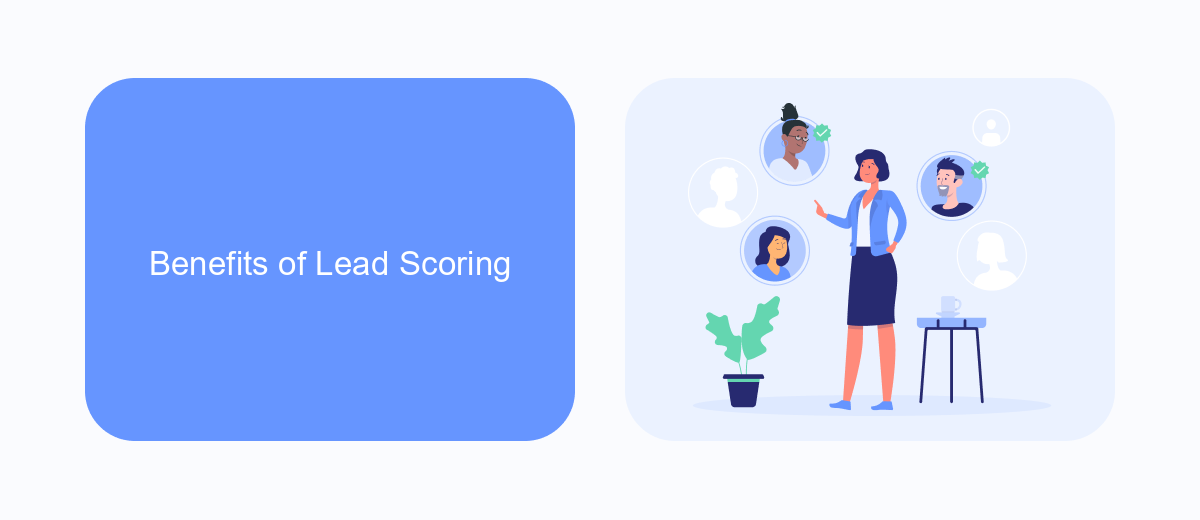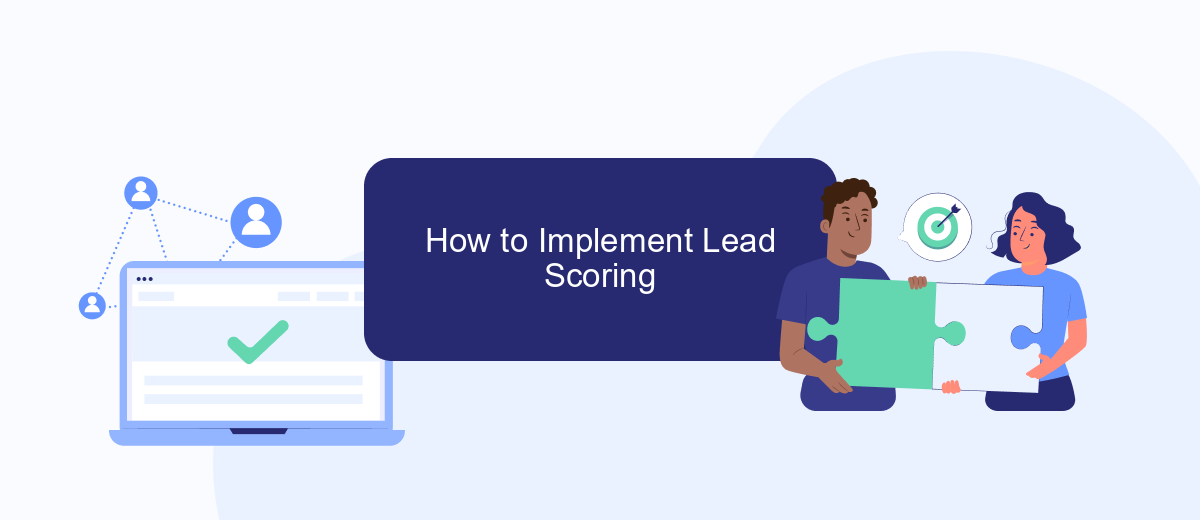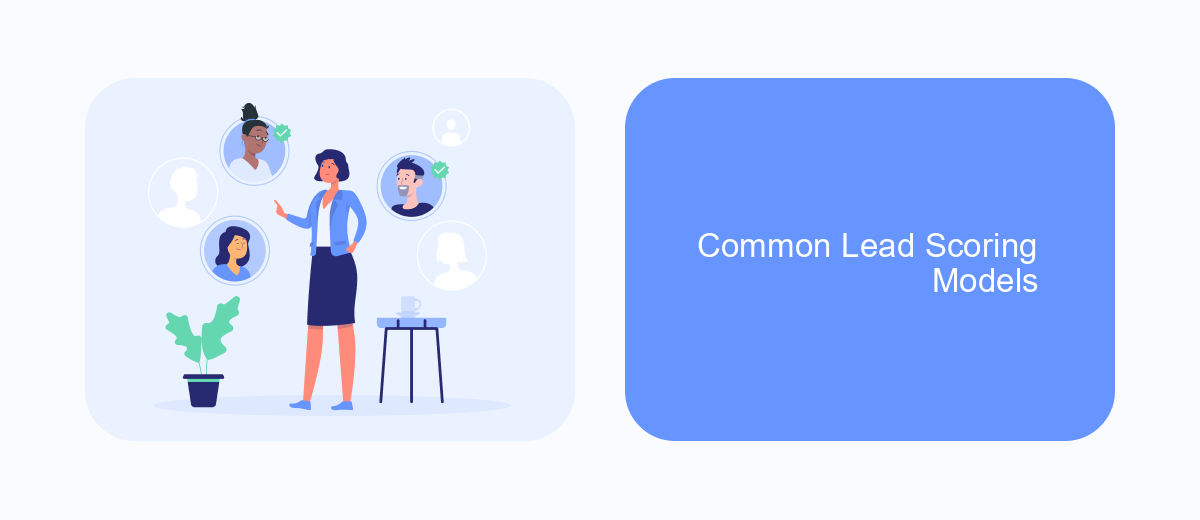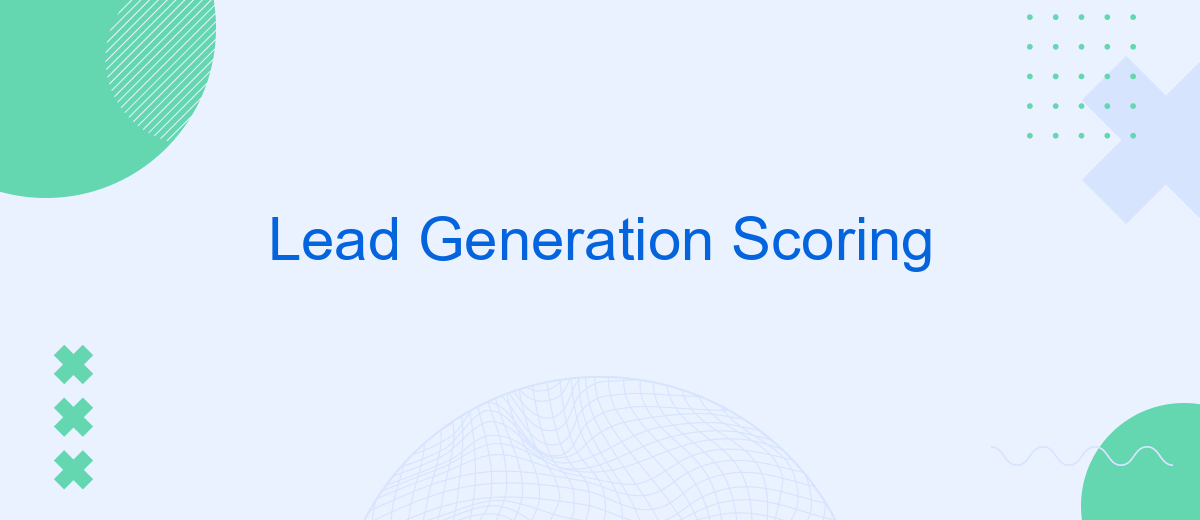Lead generation scoring is a crucial process for businesses aiming to identify and prioritize potential customers. By assigning values to leads based on their likelihood to convert, companies can focus their marketing and sales efforts more effectively. This article delves into the methodologies and benefits of lead scoring, helping organizations optimize their strategies for improved customer acquisition and retention.
Lead Generation Scoring: The Basics
Lead generation scoring is a critical process in the marketing and sales funnel, helping businesses prioritize and focus on high-potential leads. By assigning a score to each lead based on various criteria, companies can efficiently allocate resources and tailor their strategies to convert these prospects into customers.
- Identify key attributes: Determine the characteristics that define a high-quality lead, such as demographic information, behavior, and engagement levels.
- Assign scores: Develop a scoring system that assigns points to leads based on their attributes and actions.
- Integrate tools: Use tools like SaveMyLeads to automate the scoring process and ensure seamless integration with your CRM and marketing platforms.
- Analyze and adjust: Regularly review and refine your scoring criteria to improve accuracy and effectiveness.
Effective lead generation scoring enables businesses to streamline their sales processes and improve conversion rates. By leveraging automation tools and continuously optimizing their scoring systems, companies can stay competitive and drive growth in an increasingly data-driven market.
Benefits of Lead Scoring

Lead scoring offers a multitude of benefits that can significantly enhance the efficiency and effectiveness of your marketing and sales efforts. By prioritizing leads based on their likelihood to convert, businesses can allocate resources more strategically, ensuring that the most promising prospects receive the attention they deserve. This targeted approach not only improves conversion rates but also optimizes the use of time and budget, leading to a higher return on investment.
Moreover, integrating lead scoring with automated tools like SaveMyLeads can streamline the entire process, ensuring that leads are scored and routed to the appropriate teams in real-time. SaveMyLeads facilitates seamless data integration across various platforms, allowing for a more cohesive and responsive lead management system. This automation reduces manual workload, minimizes errors, and ensures that no high-potential lead slips through the cracks, ultimately driving more consistent and predictable revenue growth.
How to Implement Lead Scoring

Implementing lead scoring can significantly enhance your sales and marketing efforts by prioritizing leads based on their potential to convert. To get started, follow these steps:
- Define your ideal customer profile (ICP) by analyzing your existing customer base and identifying common characteristics.
- Determine the criteria for scoring leads, such as demographic information, engagement level, and behavioral data.
- Assign point values to each criterion to create a scoring model that reflects the importance of different attributes.
- Integrate your CRM and marketing automation tools to automatically capture and update lead scores. Services like SaveMyLeads can facilitate seamless integration between various platforms.
- Regularly review and adjust your lead scoring model based on performance data and feedback from your sales team.
By following these steps, you can create an effective lead scoring system that helps your team focus on the most promising leads. Continuous optimization and integration with tools like SaveMyLeads will ensure your process remains efficient and accurate.
Common Lead Scoring Models

Lead scoring is a critical component of any lead generation strategy, allowing businesses to prioritize leads based on their likelihood to convert. Understanding common lead scoring models can help companies tailor their approach to better align with their sales and marketing goals.
There are several models used for lead scoring, each with its unique methodology and benefits. These models help businesses evaluate leads based on various criteria such as demographics, behavior, and engagement levels. Implementing the right model can significantly improve the efficiency of the sales funnel.
- Demographic Scoring: This model scores leads based on demographic information such as age, location, and industry.
- Behavioral Scoring: This approach evaluates leads based on their interactions with your business, such as website visits and email opens.
- BANT (Budget, Authority, Need, Timing): This model scores leads based on their budget, decision-making authority, need for the product, and timing of the purchase.
- Predictive Scoring: Uses machine learning algorithms to predict the likelihood of lead conversion based on historical data.
Integrating these models with automation tools like SaveMyLeads can streamline the lead scoring process by automatically syncing lead data across platforms. This ensures that your sales team focuses on the most promising leads, ultimately driving higher conversion rates and revenue growth.


Best Practices for Lead Generation Scoring
Effective lead generation scoring is crucial for optimizing your marketing efforts and ensuring that your sales team focuses on the most promising prospects. Start by defining clear and measurable criteria for scoring leads, such as demographic information, behavior on your website, and engagement with your content. Use a combination of quantitative and qualitative data to create a comprehensive scoring model. Regularly review and adjust your scoring criteria to align with your evolving business goals and market conditions.
Integrating your lead scoring system with your CRM and marketing automation tools is essential for seamless data flow and real-time updates. Services like SaveMyLeads can simplify this process by automating data transfers between your lead generation platforms and your CRM. This ensures that your sales team always has the most up-to-date information on lead scores, enabling them to prioritize high-quality leads more effectively. Additionally, continuous monitoring and analysis of your lead scoring system will help you identify areas for improvement and refine your strategy over time.
FAQ
What is Lead Generation Scoring?
How does Lead Generation Scoring work?
Why is Lead Generation Scoring important?
What factors are typically used in Lead Generation Scoring?
How can automation tools help in Lead Generation Scoring?
What do you do with the data you get from Facebook lead forms? Do you send them to the manager, add them to mailing services, transfer them to the CRM system, use them to implement feedback? Automate all of these processes with the SaveMyLeads online connector. Create integrations so that new Facebook leads are automatically transferred to instant messengers, mailing services, task managers and other tools. Save yourself and your company's employees from routine work.
